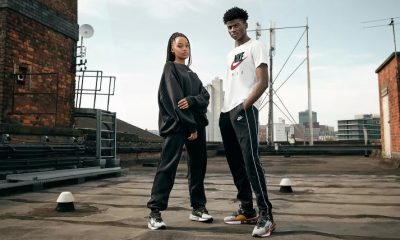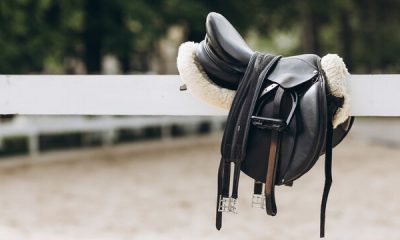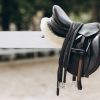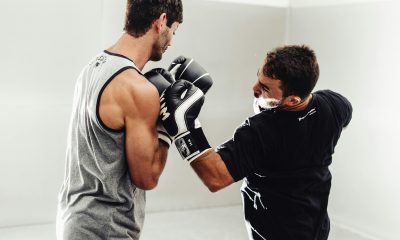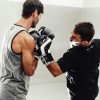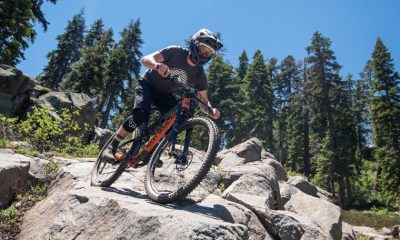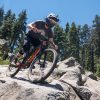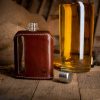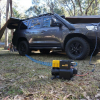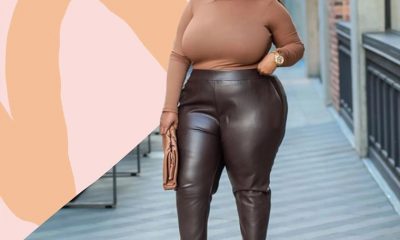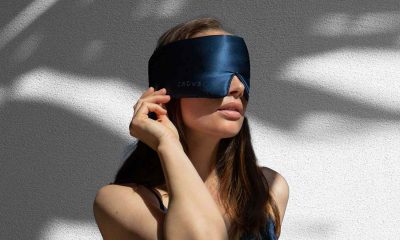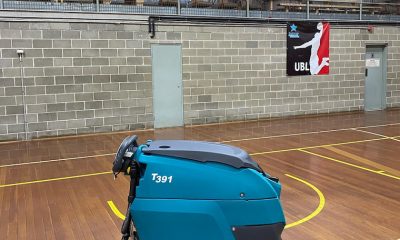Sports & Travel
Ride Smart: The Benefits of Choosing the Right MTB Helmet
You’re zooming down a steep mountain trail, feeling the rush of adrenaline as your wheels bounce over rocks and roots. You’re in the zone, completely focused on the trail ahead. But then, out of nowhere, your front tire hits a hidden root and you’re sent flying over your handlebars. As you crash to the ground, you slam your head against a tree trunk. At that moment, everything goes black.
This may sound like a nightmare scenario, but unfortunately, it’s all too real for many mountain bikers who choose to ride without a helmet. The dangers of mountain biking are numerous, and head injuries are among the most serious and potentially life-threatening. That’s why wearing a helmet is absolutely essential for anyone who wants to stay safe and protect their brain while hitting the trails.
In this article, we’ll take a closer look at why you should always wear a mountain bike helmet when hitting the dirt and what to look for when choosing one. So, buckle up as we’re about to explore how you can protect your brain when mountain biking.
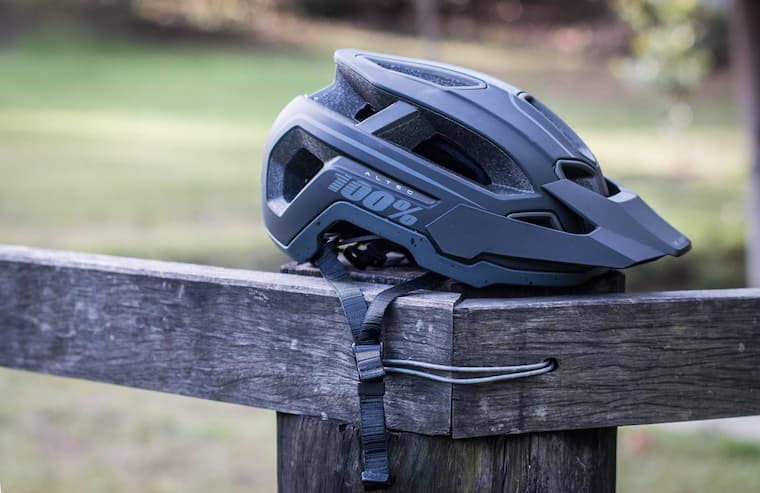
The Science Behind Preventing Head Injuries
Without a doubt, helmets are unable to withstand significant force and cannot protect everyone. Nonetheless, common sense dictates that covering your head with any sort of protection should provide some cushioning from head impact, and neurological studies unquestionably support this idea.
Helmets are designed to protect your head and brain in the event of an impact or crash. The basic principle behind one is to absorb the force of the impact, rather than allowing it to be transmitted directly to your head. This is achieved through a combination of a hard outer shell and a softer inner layer of foam or other shock-absorbing material.
Different types of helmets have different safety features, depending on the type of activity they’re designed for. For mountain biking, a quality option typically has extended coverage around the back and sides of the head, as well as a visor to protect your eyes from sun, wind, and debris. Many mountain biking designs also have a chin guard or other face protection for added safety.
When shopping for an MTB helmet, it’s important to look for one that meets the appropriate safety standards. In Australia, it’s called the Australian/New Zealand Standard AS/NZS 2063:2008. Look for an AS/NZS-certified model to ensure that it has been tested and meets the necessary safety requirements.
This standard sets out minimum requirements for impact protection, retention system strength, and coverage of the head by the helmet. It also requires it to be tested for penetration resistance, as well as for the ability to stay on the head during an impact.
What Else to Consider When Choosing
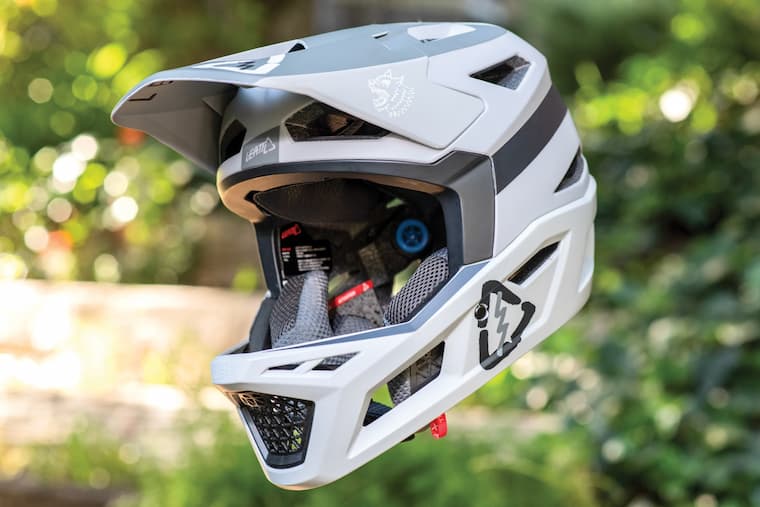
Fit
You need to purchase the correct size for a mountain bike helmet for it to work effectively. The sizes on Australian models are specified in centimetres.
Measure the circumference of your head with a measuring tape to determine your head size. Start slightly above your eyebrows and go around your head once on a level plane. Lacking a tape? Simply compare it to a ruler using a piece of non-elastic string. Verify that your head measurement is within the range of the manufacturer’s sizes before you buy MTB helmet
Weight
Mountain bicycle helmets are not an exception to the weight scrutiny that applies to everything in cycling. Although the weight differences in most models aren’t that significant, lighter is better in general.
Half-shell designs range in weight from 350 to 515 grammes. Cross-country racers or particularly weight-conscious riders may be more likely to look for a super lightweight MTB helmet. That said, they may choose to forgo protection in favour of weight savings and go for a road bike-style helmet or a model designed specifically for XC races.
Ventilation
The design of all half-shell options prioritises ventilation. The vents often take the shape of sizable apertures in the foam liner and outer shell that permit air to flow straight to the head. To improve ventilation, many of them also have air channels that permit air to flow over the head from front to back.
Visors
Visors are almost always a feature of mountain bike models. Visors are primarily made to shield your eyes from the sun, though many of them have adjustments for goggles.
Get a design with an adjustable visor that flips up and out of the way far enough so that you can rest your goggles on the front of the helmet when not in use if you enjoy riding while wearing them. A fixed visor might suit you just fine if you never ride with goggles.
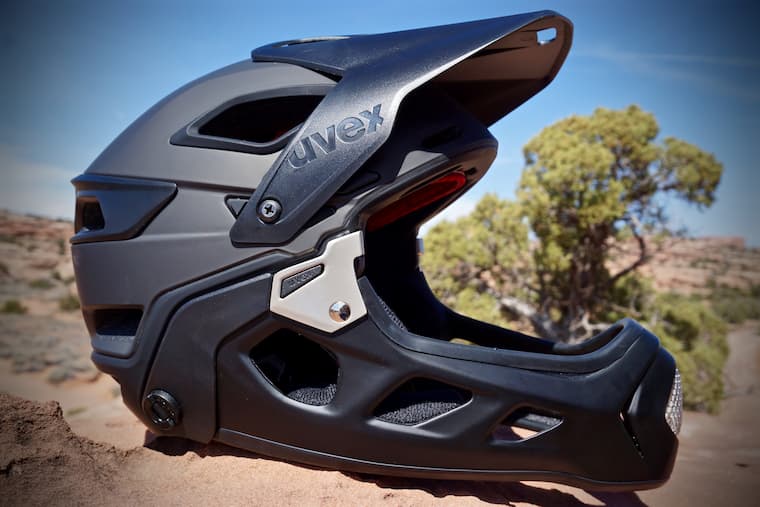
To Sum Up
The main point is that biking can be risky, just like everything else that is enjoyable, and that the most crucial piece of safety equipment you can wear is an MTB helmet. Wearing one is always a smart idea, and maybe this information will help you make the appropriate choice.
Writing for the blog since 2012, Chris simply loves the idea of providing people with useful info on business, technology, vehicles, industry, sports and travel – all subjects of his interest. Even though he sounds like quite the butch, he’d watch a chick flick occasionally if it makes the wife happy, and he’s a fan of skincare routines though you’d never have him admit that unless you compliment his impeccable skin complexion.

